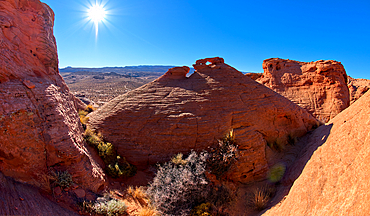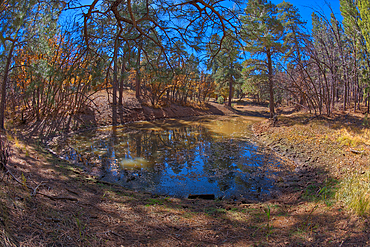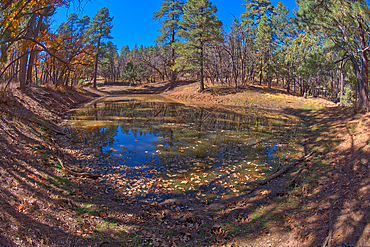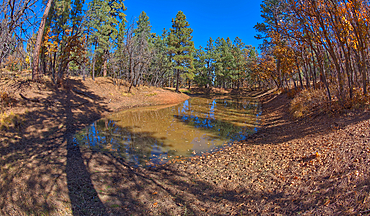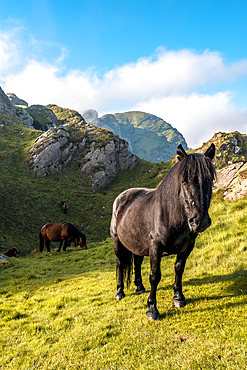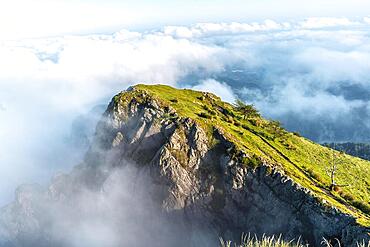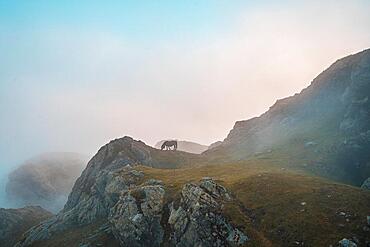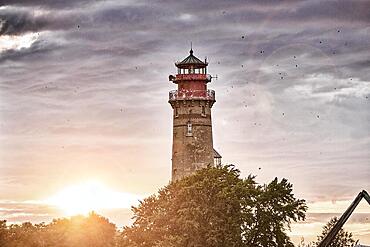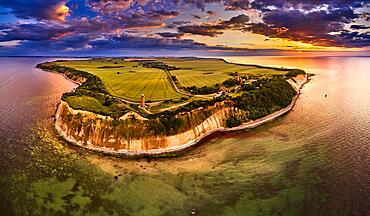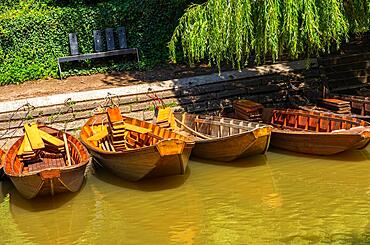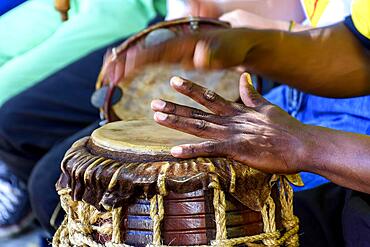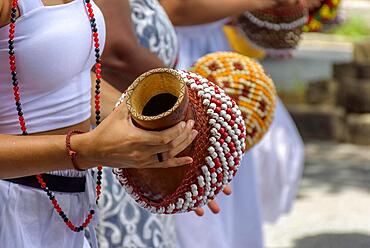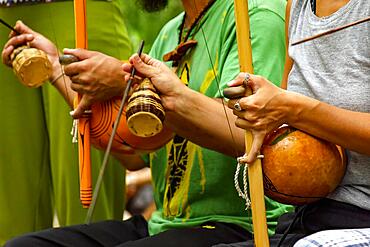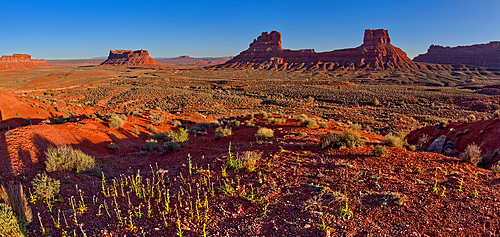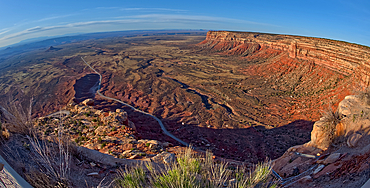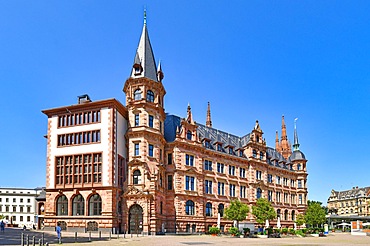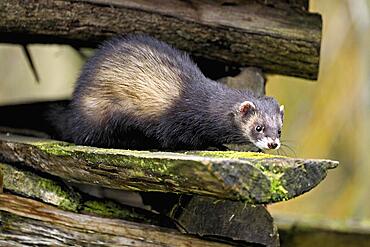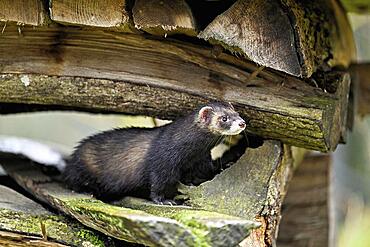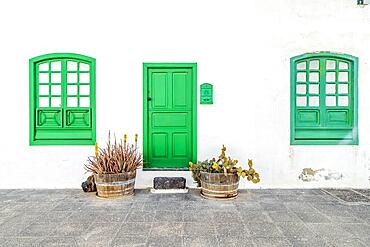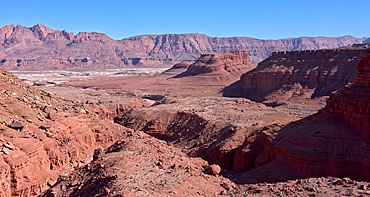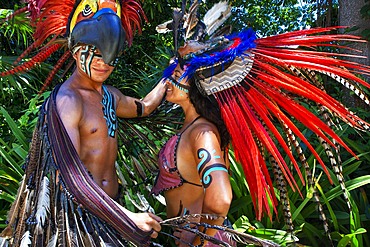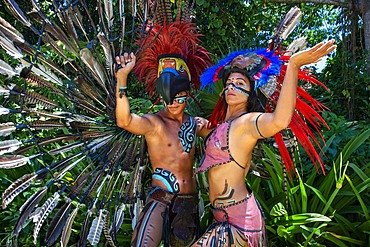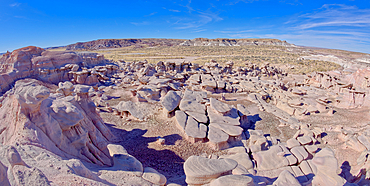Recent searches
Loading...
1381-30 - Flock of pigeons also called columba livia, city doves city pigeons or street pigeons.selective focus
801-4251 - Ceiling and Walls, Interior, Blue Mosque (also called the Sultan Ahmed Mosque), 1609, UNESCO World Heritage Site, Sultanahmet, Istanbul, Turkey
801-4250 - Ceiling and Walls, Interior, Blue Mosque (also called the Sultan Ahmed Mosque), 1609, UNESCO World Heritage Site, Sultanahmet, Istanbul, Turkey
801-4249 - Ceiling and Walls, Interior, Blue Mosque (also called the Sultan Ahmed Mosque), 1609, UNESCO World Heritage Site, Sultanahmet, Istanbul, Turkey
801-4248 - Ceiling and Walls, Interior, Blue Mosque (also called the Sultan Ahmed Mosque), 1609, UNESCO World Heritage Site, Sultanahmet, Istanbul, Turkey
801-4247 - Ceiling and Walls, Interior, Blue Mosque (also called the Sultan Ahmed Mosque), 1609, UNESCO World Heritage Site, Sultanahmet, Istanbul, Turkey
801-4246 - Ceiling, Interior, Blue Mosque (also called the Sultan Ahmed Mosque), 1609, UNESCO World Heritage Site, Sultanahmet, Istanbul, Turkey
801-4244 - Evening, Blue Mosque (also called the Sultan Ahmed Mosque), 1609, UNESCO World Heritage Site, Sultanahmet, Istanbul, Turkey
801-4245 - Ceiling and Walls, Interior, Blue Mosque (also called the Sultan Ahmed Mosque), 1609, UNESCO World Heritage Site, Sultanahmet, Istanbul, Turkey
801-4243 - Evening, Blue Mosque (also called the Sultan Ahmed Mosque), 1609, UNESCO World Heritage Site, Sultanahmet, Istanbul, Turkey
801-4226 - Pyramid of Khafre (also called Chephren) (left), Pyramid of Khufu (also called Cheops) (right), Giza Pyramid Complex, UNESCO World Heritage Site, Giza, Egypt
801-4225 - Powered Paraglider, Pyramid of Khufu (also called Cheops), Giza Pyramid Complex, UNESCO World Heritage Site, Giza, Egypt
801-4222 - Man with Camels, Pyramid of Khafre (also called Chephren) (background), Giza Pyramid Complex, UNESCO World Heritage Site, Giza, Egypt
801-4221 - Tourists in Horsecart, Pyramid of Khafre (also called Chephren) (background), Giza Pyramid Complex, UNESCO World Heritage Site, Giza, Egypt
801-4220 - Tourists on Camels, Pyramid of Khafre (also called Chephren) (background), Giza Pyramid Complex, UNESCO World Heritage Site, Giza, Egypt
801-4218 - Pyramid of Khafre (also called Chephren), Giza Pyramid Complex, UNESCO World Heritage Site, Giza, Egypt
801-4215 - Great Sphinx of Giza, Pyramid of Khafre (also called Chephren) (background), Giza Pyramid Complex, UNESCO World Heritage Site, Giza, Egypt
1381-21 - Rhododendron arboreum flowers also called Buransh native to Himalayas used in traditional medicines.National flower of Nepal and state flower of Nagaland Uttrakhand and Himachal Pradesh in India
1384-330 - Derelict abandoned old granary grain stores called horreos in village of Rubillon, Ourense province, Galicia, Spain
1384-286 - Wall of stone skulls called Tzompantli, archaeological site and museum of Templo Mayor, Mexico City, Mexico
1311-946 - Small mesas with flat tops called Rock Islands on the south end of Petrified Forest National Park Arizona.
1311-938 - A hoodoo called the Zuni Warrior on the edge of a cliff near Hamilili Point in Petrified Forest National Park Arizona. Hamilili is a Zuni word that means petrified wood.
1382-42 - cloister of the Lutheran Cathedral called Dome Cathedral of Riga,Latvia,Baltic region,Northern Europe
801-4095 - Papyrus Columns, Courtyard of Amenhotep III (also called Peristyle Court), Luxor Temple, UNESCO World Heritage Site, Luxor, Egypt
801-4094 - Papyrus Columns, Courtyard of Amenhotep III (also called Peristyle Court), Luxor Temple, UNESCO World Heritage Site, Luxor, Egypt
1383-5 - Shiwa Ng'andu House was built in the last centuary by Sir Stuart Gore-Browne. A book called 'Afica House' featured this English style estate in Muchinga Province, Zambia. Still owned by the family it offers excellent accomodation for the visitor.
1383-3 - Shiwa Ng'andu House was built in the last centuary by Sir Stuart Gore-Browne. A book called 'Afica House' featured this English style estate in Muchinga Province, Zambia. Still owned by the family it offers excellent accomodation for the visitor.
1383-4 - Shiwa Ng'andu House was built in the last centuary by Sir Stuart Gore-Browne. A book called 'Afica House' featured this English style estate in Muchinga Province, Zambia. Still owned by the family it offers excellent accomodation for the visitor.
1383-2 - Shiwa Ng'andu House was built in the last centuary by Sir Stuart Gore-Browne. A book called 'Afica House' featured this English style estate in Muchinga Province, Zambia. Still owned by the family it offers excellent accomodation for the visitor.
1383-1 - Shiwa Ng'andu House was built in the last centuary by Sir Stuart Gore-Browne. A book called 'Afica House' featured this English style estate in Muchinga Province, Zambia. Still owned by the family it offers excellent accomodation for the visitor.
1381-3 - Tal palm (Borassus flabellifer) also called nungu, taad gola ice apple,doub ,toddy palm, lontar palm and palmyra palm. edible fruit rich in vitamins.
1243-506 - Young man selling a special tea called mate at Leblon Beach in Rio de Janeiro, Brazil, South America
1311-757 - A rock island with a little rock window on its top called the Tea Pot Arch at Ferry Swale in the Glen Canyon Recreation Area near Page, Arizona, United States of America, North America
1311-756 - A rock island with a little rock window on its top called the Tea Pot Arch at Ferry Swale in the Glen Canyon Recreation Area near Page, Arizona, United States of America, North America
1361-359 - Elevated view of the tropical bay and the natural arch at the so called Broken beach, Nusa Penida, Klungkung regency, Bali, Indonesia, Southeast Asia, Asia
860-292071 - Suricate (Suricata suricatta). Also called Meerkat. Female with three playful young at their burrow. On the lookout. Kalahari Desert, Kgalagadi Transfrontier Park, South Africa.
860-292069 - Suricate (Suricata suricatta). Also called Meerkat. Female with two young at their burrow. One young is suckling. On the lookout. Kalahari Desert, Kgalagadi Transfrontier Park, South Africa.
860-292070 - Suricate (Suricata suricatta). Also called Meerkat. Two young at their burrow. Kalahari Desert, Kgalagadi Transfrontier Park, South Africa.
860-292068 - Suricate (Suricata suricatta). Also called Meerkat. Female with young at their burrow. On the lookout. Kalahari Desert, Kgalagadi Transfrontier Park, South Africa.
1311-730 - Two of three ponds called the Hearst Tanks, on Grand Canyon South Rim, located one mile east of Grandview Point, Grand Canyon National Park, UNESCO World Heritage Site, Arizona, United States of America, North America
1311-729 - One of three ponds called the Hearst Tanks, on Grand Canyon South Rim, located one mile east of Grandview Point, Grand Canyon National Park, UNESCO World Heritage Site, Arizona, United States of America, North America
1311-728 - One of three ponds called the Hearst Tanks, on Grand Canyon South Rim, located one mile east of Grandview Point, Grand Canyon National Park, UNESCO World Heritage Site, Arizona, United States of America, North America
1311-727 - Two of three ponds called the Hearst Tanks, on Grand Canyon South Rim, located one mile east of Grandview Point, Grand Canyon National Park, UNESCO World Heritage Site, Arizona, United States of America, North America North America
832-404374 - A family of horses at the top of Penas de Aya or also called Aiako Harria at dawn, Oiartzun. Gipuzkoa province of the Basque Country, vertical photo
832-404373 - Weather with low fog of the Penas de Aya mount or also called Aiako Harria, Oiartzun. Gipuzkoa Province of the Basque Country
832-404372 - A horse eating on the cloudy summit of the Penas de Aya mountain or also called Aiako Harria, Oiartzun. Gipuzkoa Province of the Basque Country
832-403566 - Drone view of lighthouses in sunset from northern part of island of Ruegen, called Kap Arkona
832-403562 - Drone view of lighthouses in sunset from northern part of island of Ruegen, called Kap Arkona
832-403355 - Suricate (Suricata suricatta) . Also called Meerkat. Female with young at their burrow. On the lookout. Kalahari Desert, Kgalagadi Transfrontier Park, South Africa, Africa
832-403354 - Suricate (Suricata suricatta) . Also called Meerkat. Female on the lookout. Kalahari Desert, Kgalagadi Transfrontier Park, South Africa, Africa
832-403353 - Suricate (Suricata suricatta) . Also called Meerkat. Female on the lookout. Kalahari Desert, Kgalagadi Transfrontier Park, South Africa, Africa
832-403352 - Suricate (Suricata suricatta) . Also called Meerkat. Female on the lookout. Kalahari Desert, Kgalagadi Transfrontier Park, South Africa, Africa
832-403351 - Suricate (Suricata suricatta) . Also called Meerkat. Female with five young at their burrow. On the lookout. Kalahari Desert, Kgalagadi Transfrontier Park, South Africa, Africa
832-403350 - Suricate (Suricata suricatta) . Also called Meerkat. Female with three playful young at their burrow. On the lookout. Kalahari Desert, Kgalagadi Transfrontier Park, South Africa, Africa
832-403349 - Suricate (Suricata suricatta) . Also called Meerkat. Female with two playful young at their burrow. Kalahari Desert, Kgalagadi Transfrontier Park, South Africa, Africa
1361-263 - Palmarola sea stack called Faraglione di Mezzogiorno, aerial view, Palmarola island, Ponza municipality, Tyrrhenian Sea, Pontine islands, Latina Province, Latium (Lazio), Italy, Europe
832-402048 - Punting barges, so-called Stocherkaehne on the banks of the Neckar river in Tuebingen, Baden-Wuerttemberg, Germany, Europe
832-402049 - Punting barges, so-called Stocherkaehne on the banks of the Neckar river in Tuebingen, Baden-Wuerttemberg, Germany, Europe
832-401748 - Invasive rodent called 'Myocastor Coypus', commonly known as 'Nutria', swimming in river with head raised
832-401747 - Darmstadt, Germany, March 2020: Ludwig Monument called 'Ludwigsmonument', a monument to Ludwig I, the first Grand Duke of Hesse and symbol of the city of Darmstadt standing on 'Luisenplatz' square, Europe
832-401740 - Invasive rodent called 'Myocastor Coypus', commonly known as 'Nutria', swimming in river
832-401377 - Traditional Batak house, in Indonesian called Rumah Bolon or Jabu, are noted for their distinctive roofs which curve upwards at each end, as a boats hull does and their carving decor
832-401197 - Tourist icon of the island of El Hierro called El Roque de la Bonanza, Canary Islands, Spain, Europe
832-400639 - Wiesloch, Germany, August 2021: Funny sculpture of wine god called 'Speedy Bacchus' with blurry vineyard in background, Europe
832-400212 - Musician playing a rudimentary percursion instrument called atabaque during afro-brazilian capoeira cultural manifestation, Brasil
832-400211 - Ethnic drums also called atabaques on the streets of Pelourinho, the historic center of the city of Salvador in Bahia, Brasil
832-400209 - Ethnic drums also called atabaques on the streets of Pelourinho, the historic center of the city of Salvador in Bahia, Brasil
832-400189 - Woman playing a type of rattle called xereque of African origin used in the streets of Brazil during samba performances at carnival, Brasil
832-400185 - Musicians playing an Afro Brazilian percussion musical instrument called a berimbau during a capoeira performance in the streets of Brazil, Brasil
832-400272 - Wooden cross on a hill called Kirchberg in the village Pfuenz (Bavaria)
1311-661 - Valley of the Gods viewed from the south slope of the rock formation called Rudolph and Santa, northwest of Monument Valley and Mexican Hat, Utah, United States of America, North America
1311-659 - Valley of the Gods viewed from the north slope of the rock formation called Rudolph and Santa, northwest of Monument Valley and Mexican Hat, Utah, United States of America, North America
1311-660 - Rock formation called Rudolph and Santa, Valley of the Gods, visible from the main road through the valley, northwest of Monument Valley and Mexican Hat, Utah, United States of America, North America
1311-657 - View of Valley of the Gods from the Moki Dugway, also called Utah State Route 261, Utah, United States of America, North America
832-399625 - Rodent called, commonly known as Nutria (Myocastor Coypus) eating leaf with yellow teeth next to river. Nutria are an invasive species in Europe originating from South America
832-399626 - Rodent called, commonly known as Nutria (Myocastor Coypus) eating a plant branch. Nutria are an invasive species in Europe originating from South America
832-399634 - Wiesbaden, Germany, July 2021: Court of baroque palace called Schloss Biebrich with Rhine river promenade on sunny day, Europe
832-399635 - Wiesbaden, Germany, July 2021: Fountain in public park called Bowling Green in front of convention center called Kurhaus, Europe
832-399636 - Aschaffenburg, Germany, July 2020: Statue of theologian Adolph Franz in front of historic Catholic curch called Kollegiatsstift St. Peter und Alexander or Stiftskirche, Europe
832-399637 - Aschaffenburg, Germany, July 2020: Tower of palace called Schloss Johannisburg in German Renaissance period style in Aschaffenburg city, Europe
832-399638 - Wiesbaden, Germany, July 2021: Back side of city hall building called New Town Hall at market square, Europe
832-399353 - The outflowing Lake Constance, called Lake Rhine, on the left the Hoeri peninsula with the German municipality of Oehningen, on the right the Swiss municipality of Eschenz and Mammern, Canton Thurgau, Switzerland, Europe
832-398651 - True lavender or narrow-leaved lavender, ancient common lavender (Lavandula angustifolia) recommended for states of restlessness, problems falling asleep and depressive moods. It can also help with stomach complaints such as nervous irritable stomach, flatulence, nervous intestinal complaints and the so-called Roehmheld syndrome
832-398650 - True lavender or narrow-leaved lavender, ancient common lavender (Lavandula angustifolia) recommended for states of restlessness, problems falling asleep and depressive moods. It can also help with stomach complaints such as nervous irritable stomach, flatulence, nervous intestinal complaints and the so-called Roehmheld syndrome
832-398649 - True lavender or narrow-leaved lavender, ancient common lavender (Lavandula angustifolia) recommended for states of restlessness, problems falling asleep and depressive moods. It can also help with stomach complaints such as nervous irritable stomach, flatulence, nervous intestinal complaints and the so-called Roehmheld syndrome
832-398762 - European polecat (Mustela putorius) also called ferret, sitting on wood pile, captive, Switzerland, Europe
832-398761 - European polecat (Mustela putorius) also called ferret, sitting on wood pile, captive, Switzerland, Europe
832-398676 - Picturesque white and green settlement called Pueblo Marinero designed by Cesar Manrique located in Costa Teguise, Lanzarote, Canary Island, Spain, Europe
1311-615 - View of a rock formation called Cathedral Butte at the base of the Vermilion Cliffs, Glen Canyon Recreation Area, Arizona, United States of America, North America
1311-616 - View of a rock formation called Cathedral Rock from within Chocolate Canyon, Glen Canyon Recreation Area, Arizona, United States of America, North America
1350-6608 - Mexican aztec dress gods at Grand Palladium White Sand Resort and Spa in Riviera Maya, Yucatan Peninsula, Quintana Roo, Caribbean Coast, Mexico.
Aztec clothing was generally loose fitting and did not completely cover the body. When the Spanish arrived in Mexico, the people were surprised to see them in their full armour, with only their faces exposed.
Aztec clothes were generally made of cotton (which was imported) or ayate fiber, made from the Maguey Cactus (also called the Century Plant or American Aloe). Women would weave the fibers into clothing, a task girls were taught as young teenagers. Because of their vast trading network, the Aztecs were able to make use of a beautiful array of dyes, creating the brilliant
1350-6595 - Mexican aztec dress gods at Grand Palladium White Sand Resort and Spa in Riviera Maya, Yucatan Peninsula, Quintana Roo, Caribbean Coast, Mexico.
Aztec clothing was generally loose fitting and did not completely cover the body. When the Spanish arrived in Mexico, the people were surprised to see them in their full armour, with only their faces exposed.
Aztec clothes were generally made of cotton (which was imported) or ayate fiber, made from the Maguey Cactus (also called the Century Plant or American Aloe). Women would weave the fibers into clothing, a task girls were taught as young teenagers. Because of their vast trading network, the Aztecs were able to make use of a beautiful array of dyes, creating the brilliant
1350-6668 - Sculptures called Concordia Monument designed by Esperanza d'Ors on Plaza Carbayon in Oviedo in Asturias region, Spain. Monumento a la Concordia, sculpture by Esperanza d'Ors, 1997, Plaza Carbayon, Oviedo Asturias Spain
1350-6455 - Cadiz in Background. Aerial view of the beach and road CA-33 also called AV V�a Augusta Julia, from San Fernando to Cadiz, Cadiz province, Andalucia, Spain
1350-6454 - Cadiz in Background. Aerial view of the beach and road CA-33 also called AV V�a Augusta Julia, from San Fernando to Cadiz, Cadiz province, Andalucia, Spain
801-3353 - Honey Comb Vaulting (called Muqarnas) on Entrance Iwan, Abdulaziz Khan Madrasah, 1652, Buhkara, Uzbekistan
801-3351 - Honey Comb Vaulting (called Muqarnas) on Entrance Iwan, Abdulaziz Khan Madrasah, 1652, Buhkara, Uzbekistan
1311-574 - A feminine shaped hoodoo in Petrified Forest Arizona on the north side of the Clam Beds called Queen of Pearls.
1311-572 - A field of hoodoos along the Red Basin Trail in Petrified Forest National Park Arizona called Pharaoh's Garden.
1311-570 - A pair of hoodoo formations near the Red Basin in Petrified Forest National Park Arizona called the Red Basin Gnomes.

































